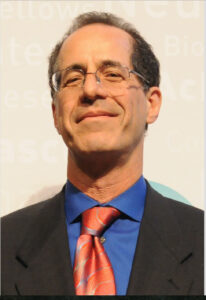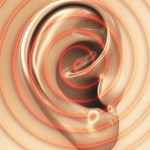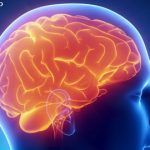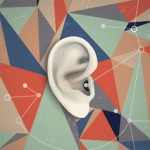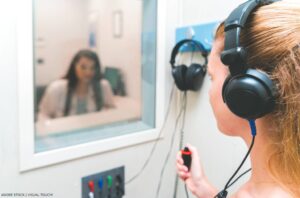 Brian McCabe, MD, an otolaryngologist at the University of Iowa, Iowa City, was puzzled. A patient who had undergone surgery to remove diseased cells in the mastoid bones behind both ears returned to have the structures cleaned. In the intervening weeks, however, the patient’s hearing loss had rapidly progressed until the individual was deaf in both ears.
Brian McCabe, MD, an otolaryngologist at the University of Iowa, Iowa City, was puzzled. A patient who had undergone surgery to remove diseased cells in the mastoid bones behind both ears returned to have the structures cleaned. In the intervening weeks, however, the patient’s hearing loss had rapidly progressed until the individual was deaf in both ears.
In the process of cleaning one of the patient’s mastoids, Dr. McCabe saw an unusual lesion; a biopsy was consistent with vasculitis. In response, the doctor put his patient on cyclophosphamide, then considered a state-of-the-art immune suppressant. Remarkably, the patient’s hearing gradually recovered.
In a seminal study that presented a composite case report of 18 patients seen over a 10-year period, Dr. McCabe sketched the broad outlines of this highly unusual inner ear disease.1 The condition typically involved both ears, and the rapidly progressive loss of hearing occurred over a period of weeks to months, instead of the hours-to-days or years-long decline seen with other kinds of hearing loss.
“We propose the term autoimmune sensorineural hearing loss [SNHL] on the basis of its laboratory test characteristics and specifics of its response to treatment,” Dr. McCabe wrote.
“Prior to that, there was no evidence that there was such a thing as autoimmune inner ear disease,” says Jay Rubinstein, MD, PhD, the Virginia Merrill Bloedel Chair of Otolaryngology and Bioengineering and director of the Bloedel Hearing Research Center at the University of Washington, Seattle.
In the 45 years since Dr. McCabe’s description of the condition—initially named for him—this rare form of hearing loss is still commonly misdiagnosed and has so far defied efforts to understand its underlying pathophysiology.
“There has been lots and lots of immunology research on the ear, but there’s been no good pathophysiologic explanation of how you get from the immune-related inflammation to the rapidly progressive [hearing] loss,” says Dr. Rubinstein.
The lack of good animal models for the condition has conspired against the kinds of research needed to lay out the disease pathway.
“There are a lot of tests you can do that have been proposed,” says Dr. Rubinstein, who inherited Dr. McCabe’s practice as a neurotology fellow at the University of Iowa. “None of them are really reliable. The only reliable test is the patient comes in with rapidly progressive bilateral SNHL, and you put them on high-dose prednisone and their hearing responds to that.”
